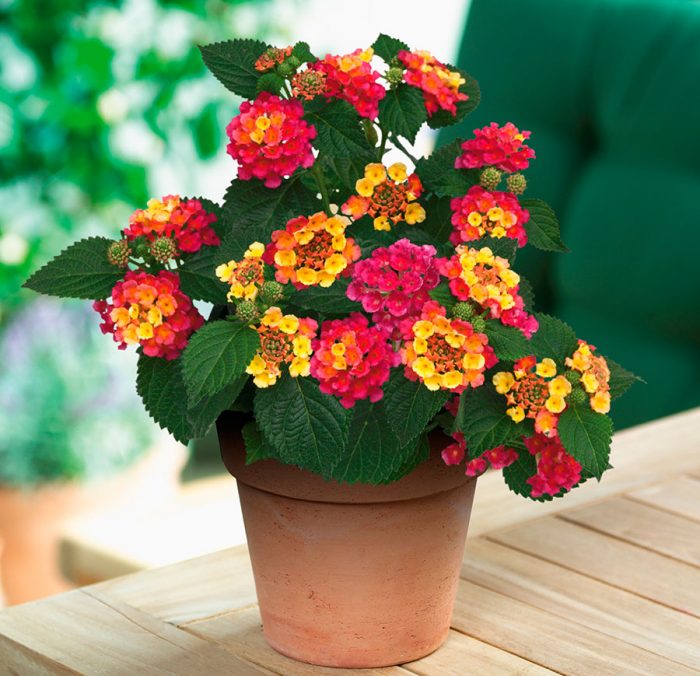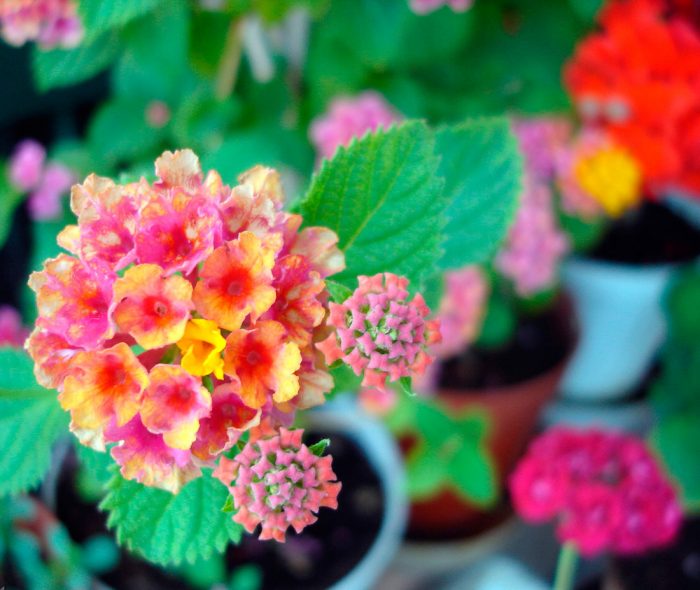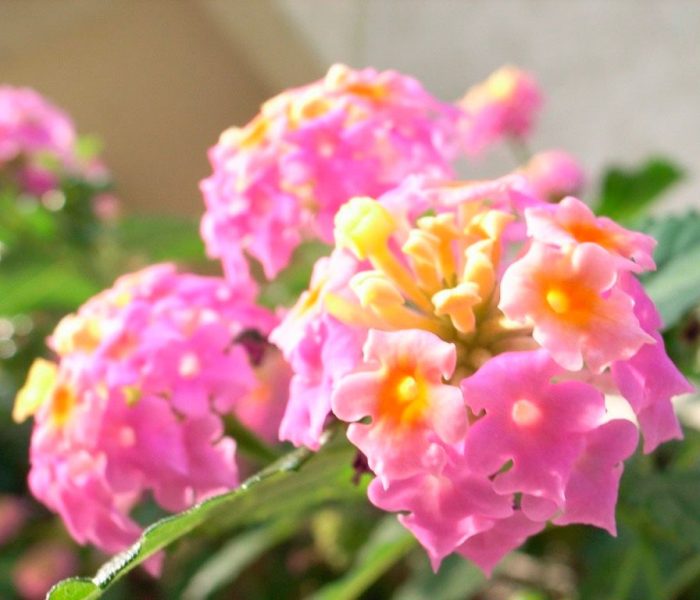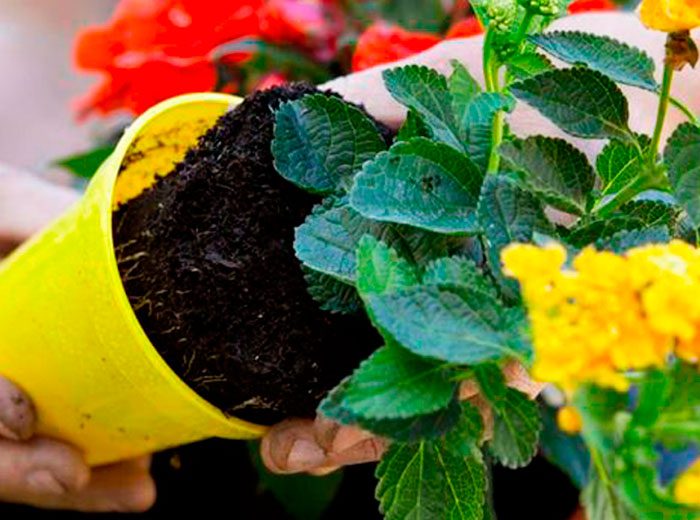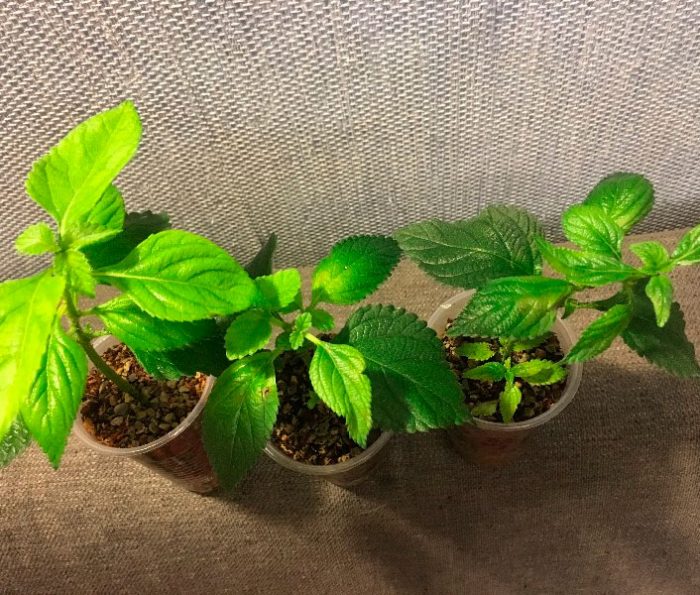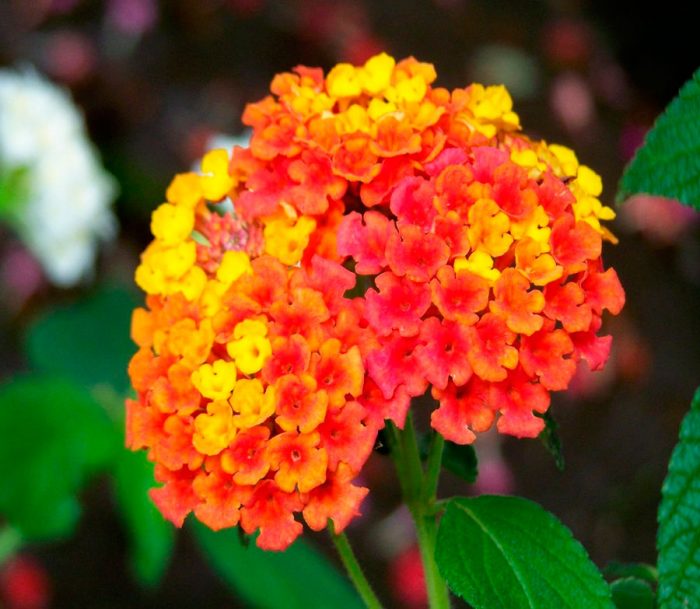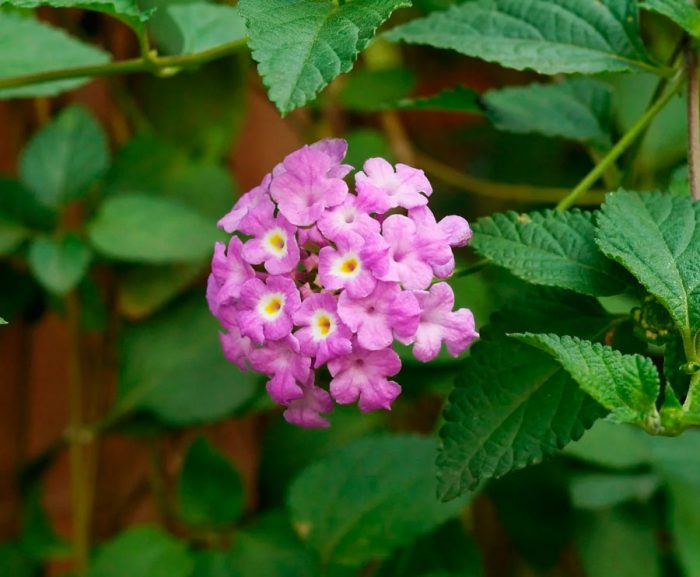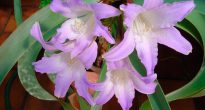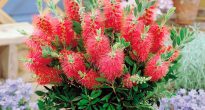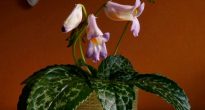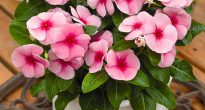Genus lantana (Lantana) unites about 150 species of evergreen shrubs and is directly related to the vervain family. In natural conditions, such plants can be found in tropical regions of America. Today it can also be found in many parts of the world, because this plant quickly enough acclimatizes in places with similar climatic conditions.
If conditions are favorable for the growth of lantana, then it can multiply quite quickly, while displacing almost all other plant species. For this feature in India they began to call it the "curse of the planters." However, in areas with cold winters, such a plant freezes out, so it is better known there as an indoor plant.
Most often grown at home lantana camaru (Lantana camara) or prickly lantana, as well as many of its hybrids created by crossing with other types of closely related plants. In the wild, such a flower has the shape of a bush and reaches a height of 150 centimeters. When grown indoors, lantana is quite compact, and can reach a height of only 50 centimeters.
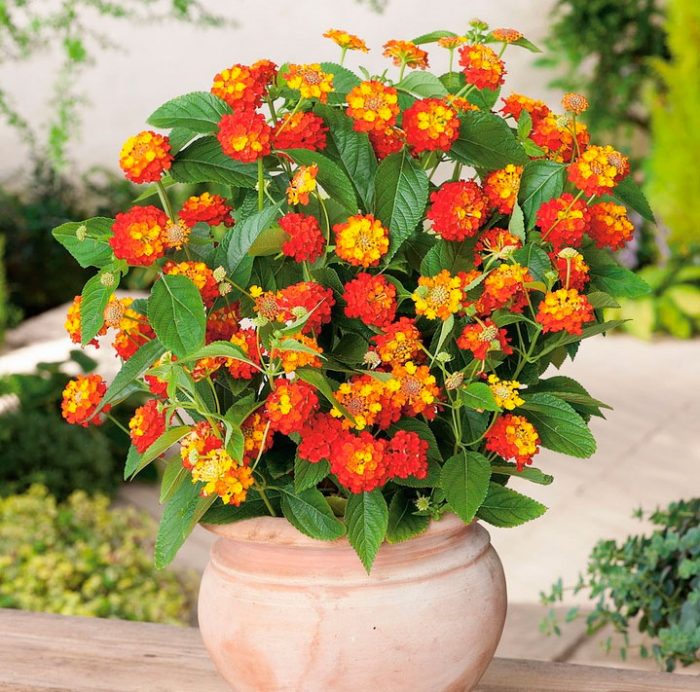
The plant has become so popular because of its bright and not quite ordinary flowers. The fact is that from the moment of disclosure to ripening, the flowers change their color several times. So, after the flowers have just opened, they are yellow, then they turn pink, and after ripening - burgundy or red.
It has erect tetrahedral shoots, the surface of which is covered with small spines. More recently, a new garden form, Aloha, has been cultivated with drooping, soft stems. It is most often grown in hanging baskets or garden containers.
Dark green leaves on the stem are opposite and have serrated edges. The foliage is pubescent along the veins. By rubbing the leaf a little, you can smell a spicy and very pleasant smell that can fill the whole room.
Growing such a flower in indoor conditions will not cause any special problems. It is possible to form a not very large tree or bush from lantana. This plant is fast-growing, therefore it is useful to cut it regularly, which also stimulates the formation of inflorescences.
Lantana blooms from spring and all summer. In the fall, she begins a period of rest, which will last until next spring. It is recommended to move it to fresh air in the warm season (for example, to the garden or to the balcony).
On faded inflorescences, fleshy black berries are formed. It is important to remember that they are poisonous; therefore, this flower is not suitable for children.To prolong flowering, it is recommended to remove faded inflorescences, at the same time you prevent the setting of poisonous fruits.
This flower is often grown as an annual garden plant and is used in flower beds in sunny locations. The fact is that bright sunlight promotes more abundant flowering, and the bush in such a place will be more compact.
Content
Home care for lantana
Illumination
Since in the wild, this flower prefers sunny places, then in an apartment it needs a lot of light. So, in the cold season, it is recommended to put lantana on the window sill of the window located in the southern part of the room, and with the onset of warm spring days, move it to the street. In the case when transfer to fresh air is impossible, the plant must be rearranged for the summer to the east or west window, while the room must be systematically ventilated.
Temperature regime
In the cold season, it should be placed in a fairly cool room (from 7 to 10 degrees). In the spring-summer period, the plant needs warmth (approximately 20-25 degrees). For wintering, it can be placed in a winter garden or a cool greenhouse.
Humidity
Feels fine at low air humidity, but experts advise spraying lantana as often as possible.
How to water
In the warm season, abundant watering, and in the cold - moderate. You can not both overfill the plant and allow the earthen coma to dry out (it provokes foliage). A large flower with lush foliage requires more abundant watering. During cold wintering, the ground only needs to be slightly moistened.
Earth mix
There are no special requirements for the soil, but an overly fertile substrate will provoke the growth of foliage, but flowering will be scarce. Suitable for planting is an earth mixture consisting of garden soil, sand and leaf humus.
Top dressing
Lantana is fed during the growing season 2 times a month. For this, a weak solution of a complete complex fertilizer for flowering plants is used. No feeding is done in winter.
Transfer
The transplant is carried out once a year in January or February (almost at the very end of the dormant period). Don't forget about good drainage. Often, the plant is not transplanted, but cuttings are cut from it, which are then rooted.
Pruning
Since the appearance of inflorescences occurs only on young shoots, in the last winter weeks it is necessary to cut off old, as well as damaged branches. The remaining shoots should be shortened by 1/3.
Reproduction methods
For reproduction, cuttings or seeds are used.
There are many varieties of seeds available at the store. Sowing is carried out in February using loose and light soil. Place in a warm place (at least 20 degrees). With the emergence of seedlings, coolness is required to avoid stretching the plants. Emerging seedlings should be dived into small cups.
Cuttings from the mother plant are cut off semi-lignified and better "with the heel". Their length should be about 10 centimeters. For rooting, they are planted in a mixture of sand and peat, taken in a 1: 1 ratio and placed in a cool place (from 16 to 18 degrees). Before planting, it is recommended to dip the tip of the cutting into a preparation that stimulates root growth. After complete rooting, young plants are transplanted into separate flower pots.
Pests
Can settle spider mite, whitefly, and shield.
In nature, there are about 150 species of lantana, but only two of them are used for indoor cultivation.
Types and varieties of lantana with a photo
Lantana Camara
The plant has curly stems with small thorns. On the branches are hard gray-green leaves of a heart-shaped or oval shape. Their upper side is smooth and slightly rough, and short villi are located below. Bright paniculate inflorescences form in the leaf axils in May. They are composed of small tubular flowers. Young buds are yellow or pink in color, but eventually turn red or orange. Flowering continues until the end of summer.
Popular varieties:
- Golden cloud - flowers are bright yellow;
- Cocktail - blooms in terracotta and orange;
- Naida - snow-white buds with a yellow core;
- Pink queen - salmon-yellow flowers, gradually acquiring a bright pink color.
Lantana Montevideo
This species is not so common, but it is also in demand. The creeping branches are covered with bright green ovoid leaves. They are smaller in size than the previous variety. Small corymbose inflorescences consist of small lilac-pink flowers. Flowering begins in June and can last until early October.
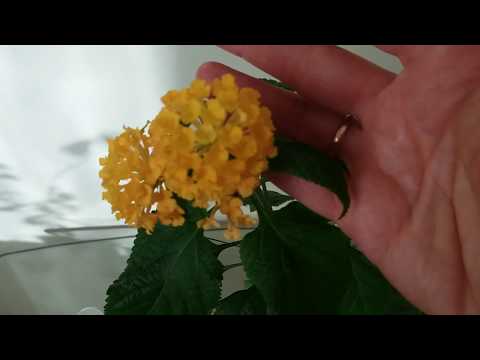

Watch this video on YouTube

